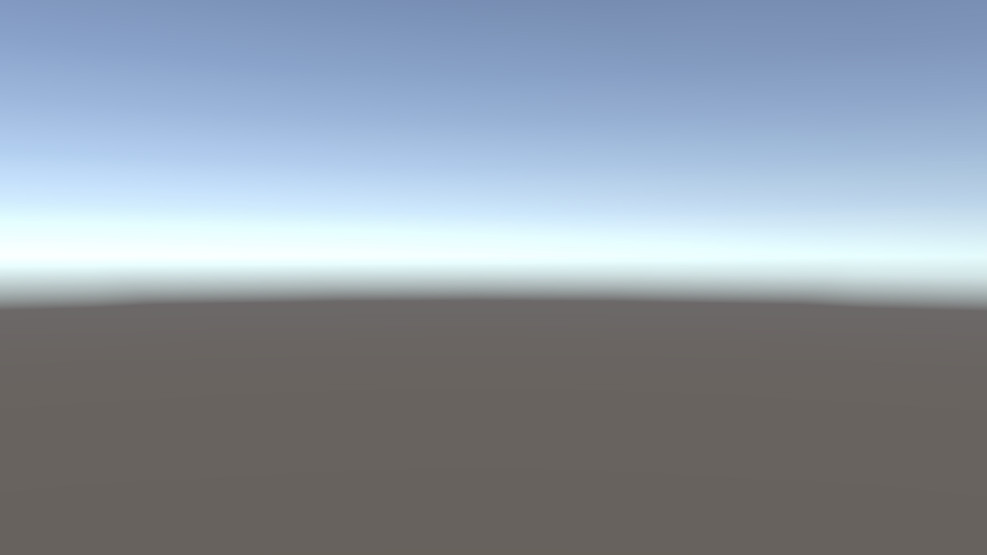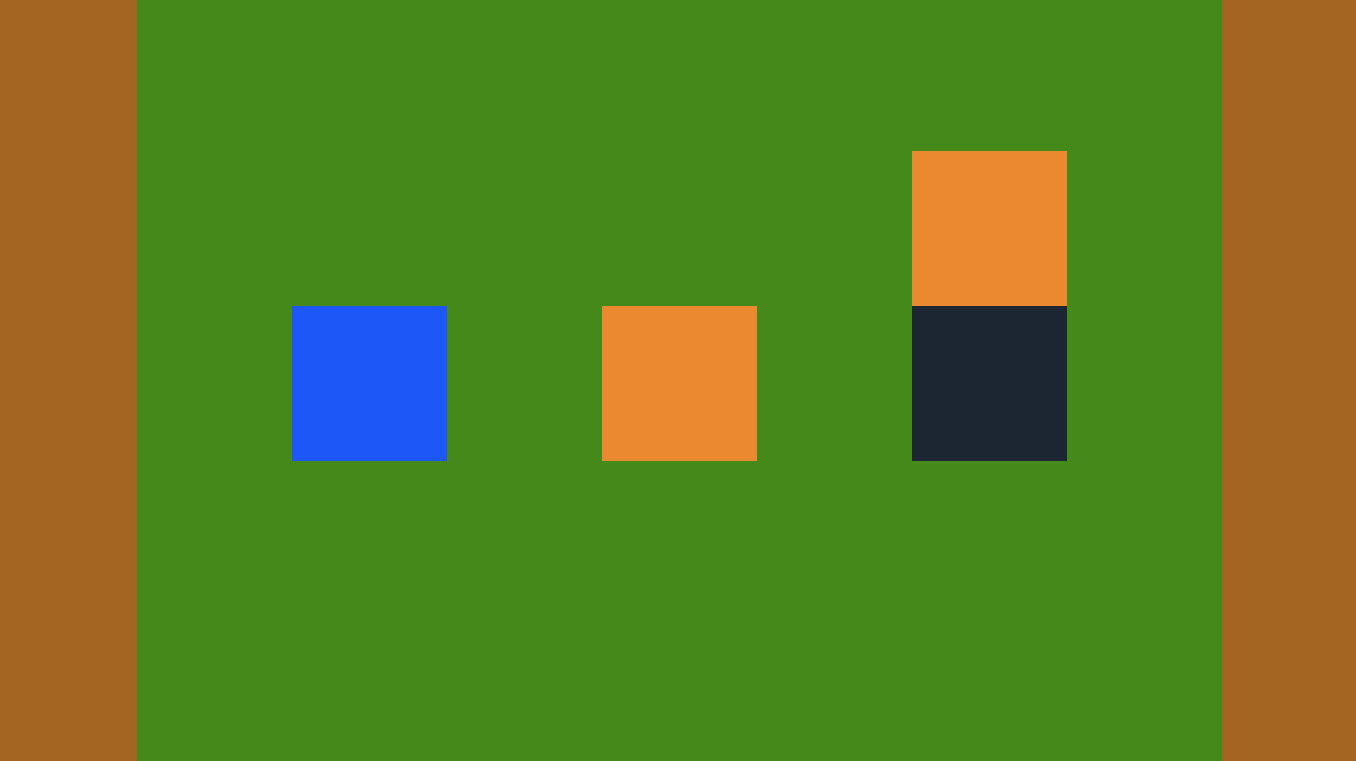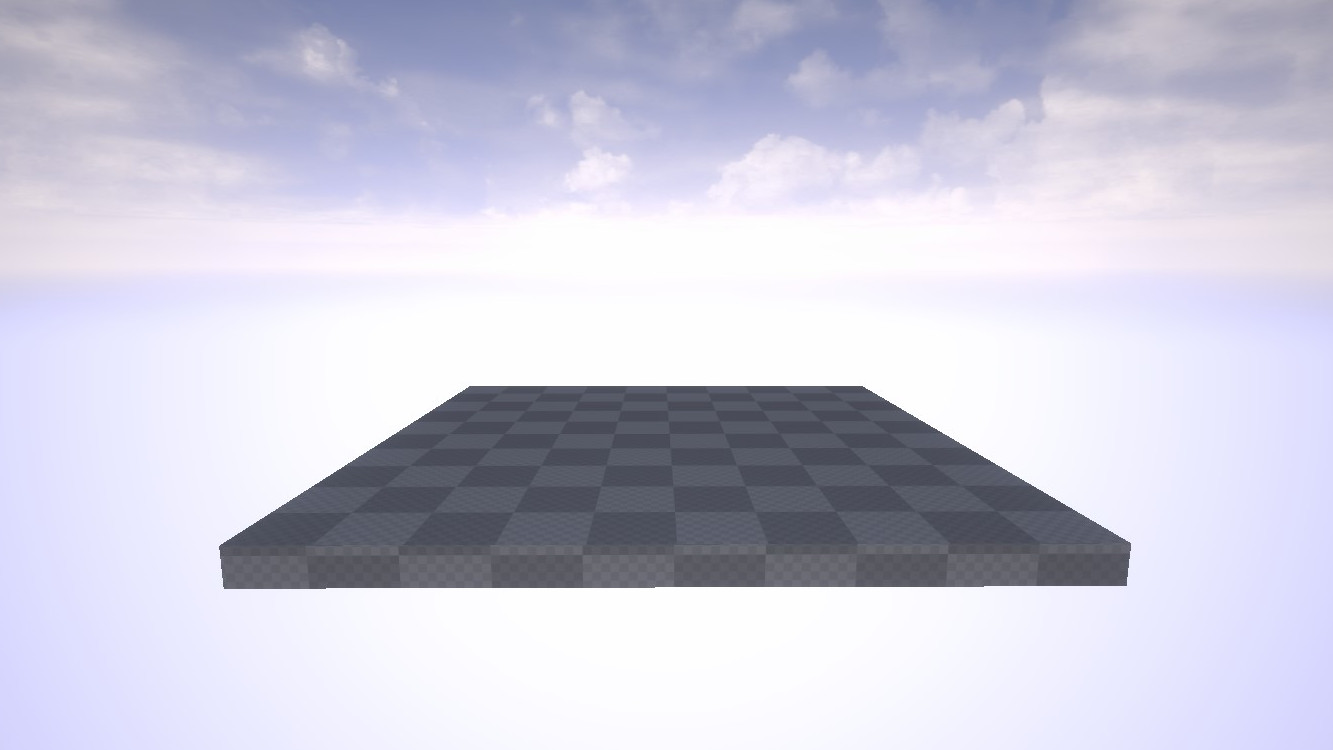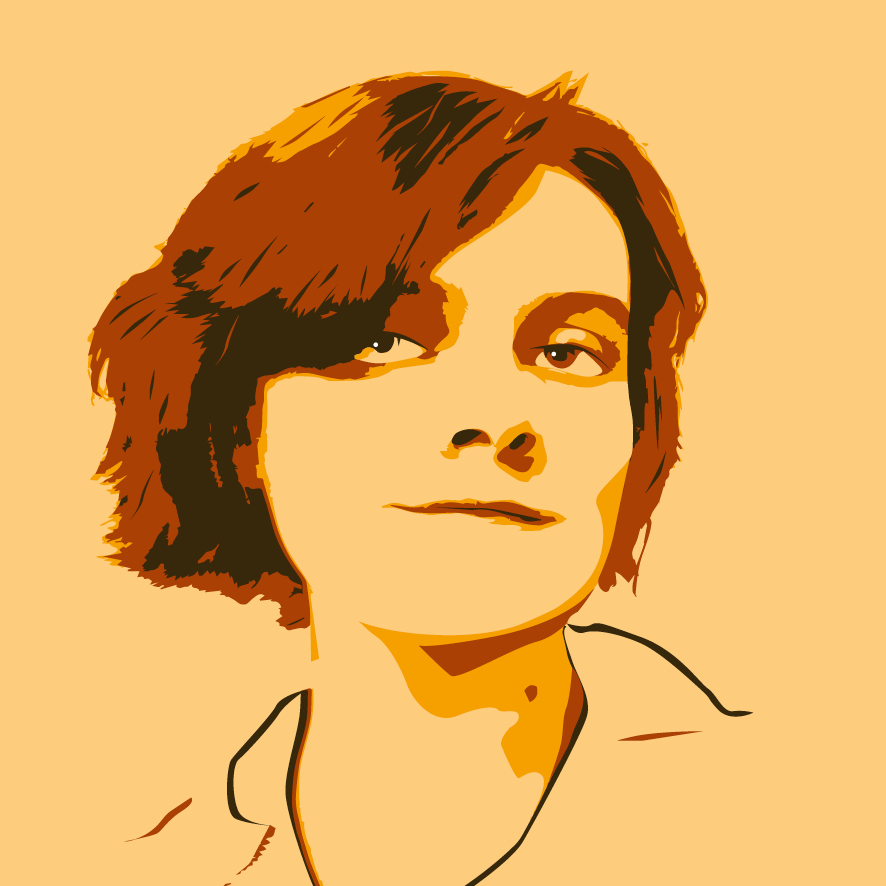Here's what 'nothing' looks like in 18 different game engines
The Nothings Suite explores the absolute bare minimum of what each tool considers viable software.

Most games aren't built from scratch. To save from having to reinvent the wheel with every game, developers use engines and tools to give themselves a starting point. But these engines are made in different ways with different priorities, and one developer has catalogued just how different their ideas of "nothing" can be.
The Nothings Suite, by experimental game developer Pippin Barr (creator of chess monstrosities Chesses and Chogue), is an exploration of what happens when you fire up a game engine and immediately export what the editor throws up—a collection of the absolute bare minimum of what each tool considers a viable piece of software.

Understandably, The Nothings Suite contains a lot of completely blank screens. But different tools have different ideas of how much of a blank canvas it should leave a budding developer, and many (like Bitsy or Ren'Py) contain a basic project that immediately introduce you to the basics of how the engine works.
It's fun to compare the big 3D engines on this list, Unity and Unreal. The former simply leaves you facing a static skybox, but that it even has a camera to view it with feels notable. In contrast, Unreal is practically extravagant, letting you fly freely around a basic scene with lighting and a solid block of geometry. It's immediately more showy and more impressive than its counterpart, but it's also more bloated—coming in at a whopping 31MB.

The Nothing Suite opened last week with 14 entries, but has since added four more (including old tools for creating Atari 2600 and DOS games). The entire thing is free, and most will work through your browser—though if you want to be fussy, the "Print And Play" entry might require a printer for its single blank PDF.
This isn't the first time Barr has honed in on an extremely specific facet of game development, either. In 2017, the developer opened v r 3, a gallery cataloguing dozens of different ways to render water in Unity—an experiment Barr later returned to in delightfully low-res form in Bitsy museum b r 3.
The biggest gaming news, reviews and hardware deals
Keep up to date with the most important stories and the best deals, as picked by the PC Gamer team.

20 years ago, Nat played Jet Set Radio Future for the first time, and she's not stopped thinking about games since. Joining PC Gamer in 2020, she comes from three years of freelance reporting at Rock Paper Shotgun, Waypoint, VG247 and more. Embedded in the European indie scene and a part-time game developer herself, Nat is always looking for a new curiosity to scream about—whether it's the next best indie darling, or simply someone modding a Scotmid into Black Mesa. She also unofficially appears in Apex Legends under the pseudonym Horizon.

